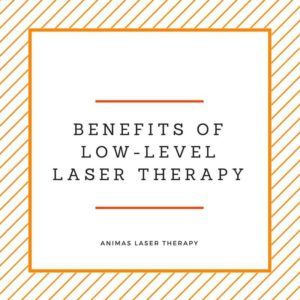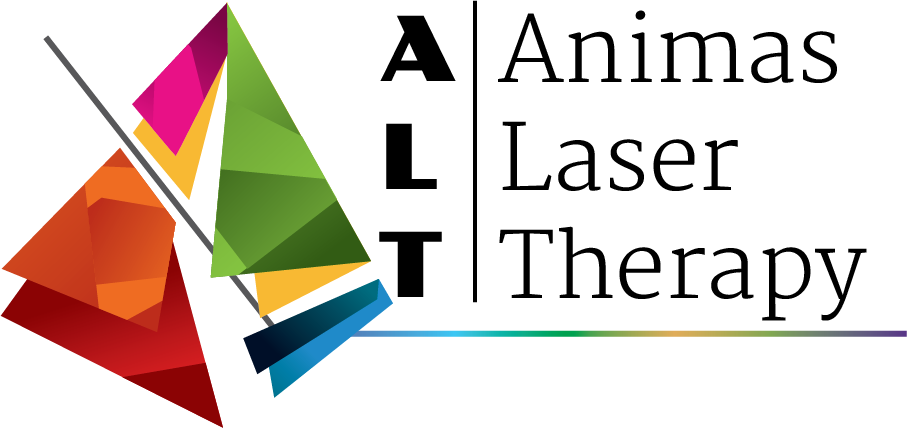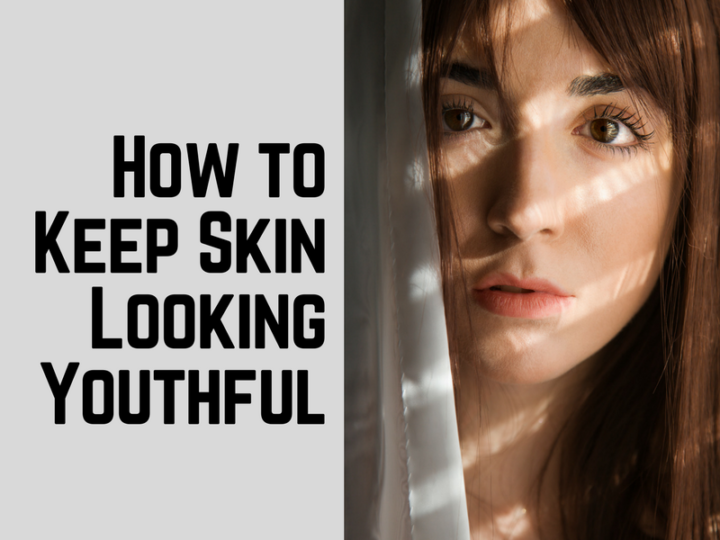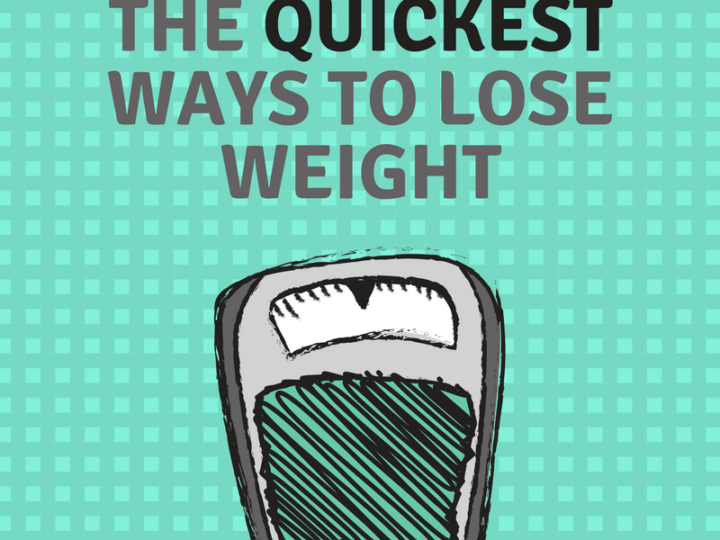
Lasers might sound more like something out of a science fiction movie plot than a medical treatment, but the use of low level laser therapy, or LLLT, is not as futuristic as it sounds. The use of the lasers that are currently used in LLLT were introduced in 1967, shortly after the discovery of the laser in 1960 (Hashmi et al., 2010). Over the years, the use of LLLT has evolved, with a variety of conditions addressed by this futuristic sounding technology.
Overview of Low Level Laser Therapy
The lasers that are typically used in LLLT do not use heat, which makes these lasers different from those that are used in a surgical setting. Rather than using heat, these lasers emit light energy, which are then absorbed into your cells, allowing for the healing of deep tissue (www.chopra.com/articles/low-level-laser-therapy-healing-benefits-and-risks).
Conditions that are Relieved
From cosmetic procedures, to assisting with the rehabilitation process following a traumatic brain injury, the use of LLLT as a medical device spans far and wide. Whether you are looking for a reduction in pain or want to regain that youthful glow, your highly trained laser technician can help you to achieve your goals.
Musculoskeletal Pain
When pain is sufficient to cause a decrease in your ability to engage in activities you once enjoyed, it may be time to consult a professional who can help you to regain pain-free movement. Research has indicated that the use of LLLT can be a cost-effective method for addressing acute and chronic pain, with proven results (Konstantinovic et al., 2010).
Traumatic Brain Injury
Whether the result of an accident or experiencing a stroke, treating the symptoms that are associated with a traumatic brain injury (TBI) can be challenging. However, recent research has revealed that the use of transcranial LLLT can increase the level of awareness and alertness experienced by an individual with a TBI (Hesse, Werner, & Byhahn, 2016). With minimal unwanted side effects, LLLT may just be the answer for individuals living with the symptoms associated with TBI.
Temporomandibular Joint Disorder (TMJ)
At times, the pain associated with TMJ can be overwhelming, often affecting one’s quality of life. Research on the use of LLLT for TMJ has found substantial support for this noninvasive treatment modality, particularly regarding the management of chronic pain associated with TMJ (Fikackova, Dostalova, Navratil, & Klaschka, 2007).
Skin Renewal
While beauty may be more than skin deep, presenting a youthful appearance can help to foster a greater sense of self-esteem. Unlike the light that your skin receives from the sun, LLLT uses red and near-infrared wavelengths to bring about an increase in pigmentation in patients diagnosed with vitiligo, as well as a reduction in the appearance of scars, wrinkles, and psoriasis (Avci et al., 2013).
Body Sculpting & Fat Loss
Despite diet and exercise, it is not uncommon for individuals to have areas that may not be affected by these great feats. This is where the use of LLLT comes in, as research has indicated that, when used over the course of four weeks (two treatments per week), LLLT was found to be an effective method for body contouring and spot fat reduction (Caruso-Davis et al., 2011). Using this noninvasive procedure, your physique goals can become a reality.
Conclusion
Whether you are looking for a way to reduce levels of chronic pain or to make your love handles disappear, LLLT can address a variety of conditions, which are supported by published academic research. If this sounds like something right up your alley, why not call and schedule your appointment with one of the LLLT specialists at Animas Laser Therapy today?
References
Avci, P., Gupta, A., Sadasivam, M., Vecchio, D., Pam, Z., Pam, N., & Hamblin, M. R. (2013). Low-level laser (light) therapy (LLLT) in skin: Stimulating, healing, restoring. Seminars in Cutaneous Medicine and Surgery, 32(1), 41-52. Retrieved from www.ncbi.nlm.nih.gov/pmc/articles/PMC4126803/
Caruso-Davis, M. K., Guillot, T. S., Podichetty, V. K., Mashtalir, N., Dhurandhar, N. V., Dubuisson, O., … Greenway, F. L. (2010). Efficacy of low-level laser therapy for body contouring and spot fat reduction. Obesity Surgery, 21(6), 722-729. Retrieved from www.ncbi.nlm.nih.gov/pmc/articles/PMC5225499/
The Chopra Center. (n.d.). Low-level laser therapy: Healing benefits and risks. Retrieved from http://www.chopra.com/articles/low-level-laser-therapy-healing-benefits-and-risks
Fikácková, H., Dostálová, T., Navrátil, L., & Klaschka, J. (2007). Effectiveness of low-level laser therapy in temporomandibular joint disorders: A placebo-controlled study. Photomedicine and Laser Surgery, 25(4), 297-303. Retrieved from https://bioflexlaser.com/wp-content/uploads/2007-effectiveness-of-lllt-in-temporomandibular-joint-disorders-a-placebo-controlled-study.pdf
Hashmi, J. T., Huang, Y., Osmani, B. Z., Sharma, S. K., Naeser, M. A., & Hamblin, M. R. (2010). Role of low-level laser therapy in neurorehabilitation. The Journal of Injury, Function, and Rehabilitation, 2(12), S292-S305. Retrieved from www.ncbi.nlm.nih.gov/pmc/articles/PMC3065857/
Hesse, S., Werner, C., & Byhahn, M. (2016). Transcranial low-level laser therapy may improve alertness and awareness in traumatic brain injured subjects with severe disorders of consciousness: A case series. Journal of Neurology and Neuroscience, 6(1). Retrieved from http://www.jneuro.com/neurology/transcranial-lowlevel-laser-therapy-may-improve-alertness-and-awareness-in-traumatic-brain-injured-subjects-with-severe-disorders-of-consciousness-a-case-series.php?aid=6602
Konstantinovic, L. M., Cutovic, M. R., Milovanovic, A. N., Jovic, S. J., Dragin, A. S., Letic, M. D., & Miler, V. M. (2010). Low-level laser therapy for acute neck pain with radiculopathy: A double-blind placebo-controlled randomized study. Pain Medicine, 11(8), 1169-1178. Retrieved from www.academic.oup.com/painmedicine/article/11/8/1169/1855331





